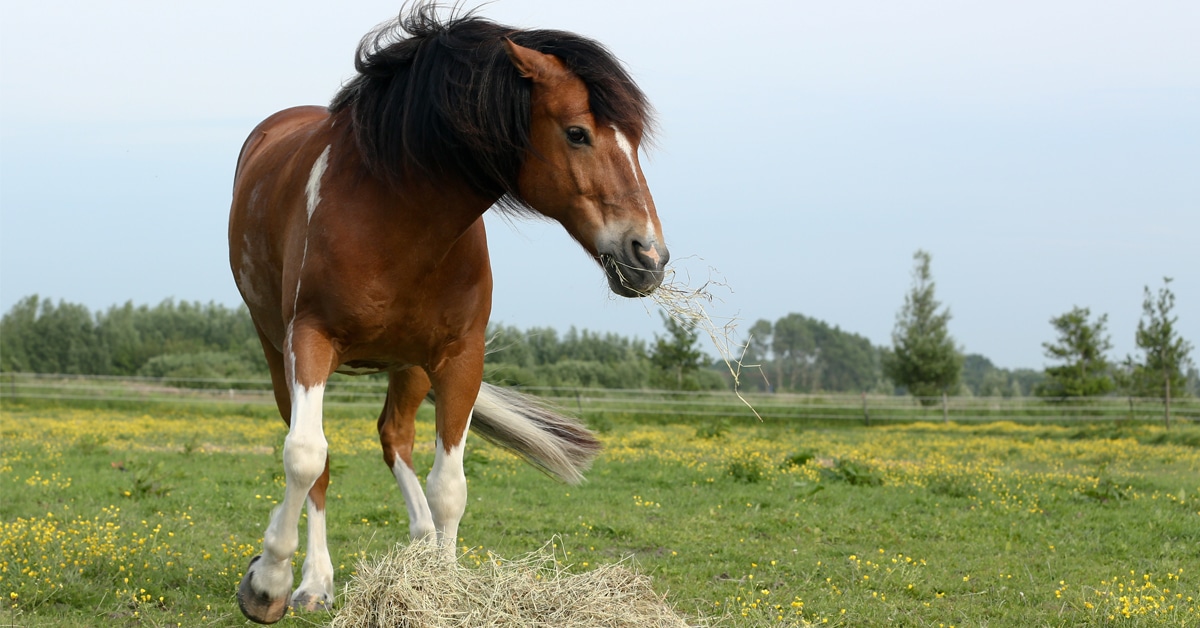From birth to retirement, a horse’s well-being depends on accurate identification and comprehensive record-keeping. Historically, this information has been kept in different data silos—ranging from breed registries and competition passports to veterinary health records—and this leads to inefficiencies, misrepresentation, and potential gaps in care.
Equine Register Canada addresses this challenge by integrating various identification methods into a single, accessible system. The Canadian Equine Register serves as a centralized hub, connecting previously isolated data streams to create a comprehensive digital profile for each horse. This initiative benefits horse welfare, streamlines ownership processes, and fosters transparency across the equine industry.
The Current Challenges
Currently, the equine industry lacks a unified system for tracking horse identification and history. While microchipping, competition records, and veterinary documents exist, they often operate in isolation, making verification complex, creating gaps in ownership and care history, and increasing the risk of fraud and misrepresentation. In emergency situations, such as natural disasters, theft, or disease outbreaks, scattered records hinder a rapid response, making it harder to reunite horses with their rightful owners. Equine Register Canada bridges these gaps, ensuring that every horse has a unique, traceable identity accessible through a single, secure system.
How the Canadian Equine Register Works
The Canadian Equine Register functions as a comprehensive data hub that consolidates a horse’s information into one digital profile. Upon registration, each horse receives a Digital Passport that includes ownership history, veterinary records such as vaccinations, Coggins tests, and deworming, competition and performance history, breed registry details and microchip information, as well as physical identifiers and markings. Unlike traditional identification systems, CER covers all horses, regardless of breed or competition status. This ensures every equine has a verifiable identity, promoting responsible ownership and safeguarding welfare throughout its life.
This unified approach to registration enhances horse welfare by providing a clear medical history, allowing veterinarians to access verified vaccination records, treatments, and past illnesses, leading to better healthcare decisions. This way, if you were to change vets, for example, your new vet will have access to your horse’s history.
The system also helps reduce disease risk through features such as ‘Track a Journey’ and ‘Disease Notifications,’ which help owners monitor disease outbreaks and prevent exposure. In emergency situations, lost, stolen, or displaced horses can be more easily identified and returned to their rightful owners.
Equine Register Canada also simplifies buying and selling horses by ensuring transparency in ownership and medical history. The seamless ownership transfer process eliminates paperwork delays, ensuring rightful ownership changes are documented. Buyers can verify a horse’s ID and history by scanning its microchip or inputting its identification number using the Chip Checker Tool. Owners can securely share a horse’s profile with potential buyers, trainers, and veterinarians, ensuring transparency in sales and care decisions. This digital system reduces the risk of fraudulent transactions, providing buyers with confidence and ensuring that horses are legally transferred by their rightful owners.
For breeders, the Canadian Equine Register safeguards breeding programs by preserving lineage records and performance achievements. A permanent, digital record links a breeder’s name to their horses, ensuring accurate lineage documentation while protecting their brand and preventing unauthorized claims. The system also ensures foals can be registered at birth, securing their identity for future registrations and competition licensing. This preserves the value of a breeder’s program and establishes credibility in an industry that relies on documented lineage and achievements.
Managing the health of multiple horses requires organization and precision, and the Canadian Equine Register’s digital tools assist barn managers by automating health reminders to ensure vaccinations, deworming, and dental care are administered on schedule. Before allowing new horses into a barn, managers can verify vaccination records digitally, ensuring they meet health standards. The Ride Tracker feature helps maintain consistency in training, ensuring accountability among those responsible for managing and exercising horses. By maintaining real-time health records, owners and managers can work together easily to ensure that each horse receives personalized and proactive care.
The Canadian Equine Register does not replace breed registries, microchip databases, or competition authorities. Instead, it enhances these systems by integrating their data into a single, accessible profile. This collaboration ensures greater industry transparency by linking data sources, preventing identity fraud and misrepresentation. Owners retain their horses’ existing registrations while benefiting from a centralized verification system. This creates a more efficient industry where veterinarians, competition bodies, and owners can quickly access essential records without navigating multiple databases.
How to Register a Horse on the Canadian Equine Register
When you register your horse on the CER, you receive a digital passport for each horse, like the systems used across many European countries, including the UK. This passport centralizes all essential information, including ownership history, health records, and physical identifiers, into one secure profile. Unlike traditional systems that rely solely on breed registration or competition licenses, the CER issues official identification documentation even for horses that do not qualify for breed registration or have never held a competition license. By offering a verified identity for every horse, regardless of its background, the CER promotes responsible ownership, supports transparency, and ensures that every horse is protected throughout its life.
Registering a horse with the Canadian Equine Register is a simple process. Owners can download the Digital Stable App, available on iOS and Android, or visit www.equineregister.ca to create an account. Registration requires the horse’s name and basic identification details, recent vaccination history, and a photo for visual verification. The process takes about 15 minutes, providing immediate benefits such as a secure, permanent digital identity and better access to equine healthcare resources.
A Future of Responsible Equine Management
Equine Register Canada and the Canadian Equine Register are transforming equine identification by connecting data silos and ensuring every horse has a verifiable, centralized record. This system enhances horse welfare, supports breeders, simplifies transactions, and streamlines herd management—all while strengthening industry-wide accountability and transparency. By adopting a unified equine identification system, stakeholders across the industry, from owners and veterinarians to competition organizers and barn managers, gain reliable, accessible, and secure access to a horse’s full history. This marks a significant step forward in protecting equine welfare and ensuring responsible ownership throughout a horse’s lifetime.
For more information or to register your horse, visit www.equineregister.ca today.
The Latest










